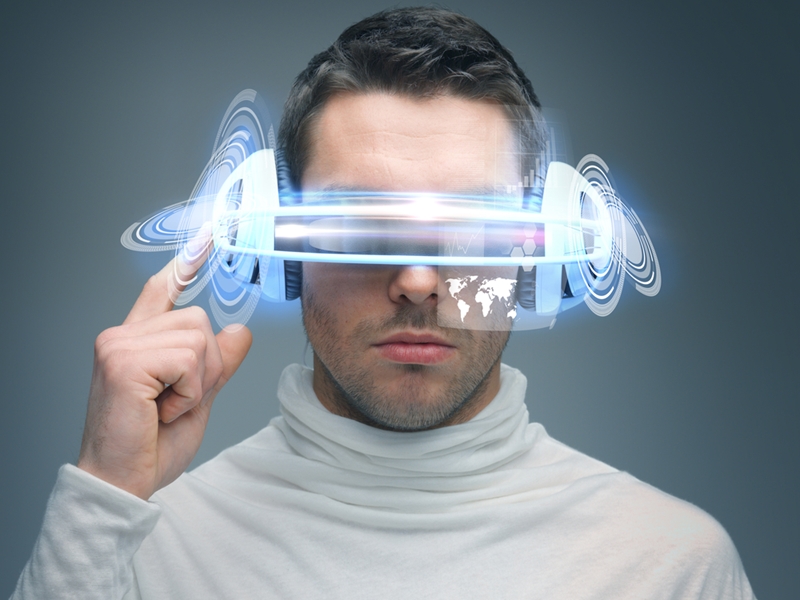
What are the top tech trends for 2016? As we're already mid-way through the year, let's take a look at what the attendees at the most recent Gartner Symposium and ITxpo in October 2015 deemed the hottest tech trends for 2016 - were they right?
The device mesh
The device mesh is a term used to describe the expanding set of endpoints users can use to access their applications. This term also extends to the information and interactions with people, social communities, governments and businesses.
Mobiles, wearable, home electronics, cars and other atmospheric and environmental aspects such as the Internet of Things (IoT) are all part of a device mesh, according to Gartner. David Cearley, vice president and Gartner Fellow, described the device mesh as a shift towards a more connected, less mobile-focused future.
"In the post mobile world the focus shifts to the mobile user who is surrounded by a mesh of devices extending well beyond traditional mobile devices," said Mr. Cearley.
 Augmented reality is one aspect of the ambient user experience.
Augmented reality is one aspect of the ambient user experience.Ambient User Experience
The ambient user experience is reliant on the new digital mesh world. Environments that allow for augmented and immersive experiences are within the grasp of many technologies - virtual reality for one. This experiential aspect is only one aspect of the ambient user experience. According to Gartner, the ambient user experience flows over lines of device mesh as well as space and time.
Devices will merely hold the experience for a moment, as the ambient user experience is transient, blending the virtual, electronic environment with the physical. David Cearley stated that the development and creation of applications and technology were being designed for this experiential new world.
"Designing mobile apps remains an important strategic focus for the enterprise," said Mr. Cearley.
Advanced Machine Learning
The move well past traditional computing and information management to the creation of systems that have Artificial Intelligence (AI) is already here in the form of Google's Rank Brain. Rank Brain autonomously learns to perceive the world of searches and adjust its results. It learns and teaches, corrects and advances, all on its own.
It is in the world of AI that deep neural nets (DNNs) are at play. DNNs automate tasks and offer a more profitable and feasible way to analyse information. Essentially it is smarter and cheaper to have a computer learn and readjust than to write new code continuously.
DNNs are machine learning at its almost apex - complex data sets can have an individual response to their environment, from tiny details to abstract phrases. This is how Rank Brain can analyse many different search phrases that correspond to the same user intent, and then change the search results so that each time is a little more accurate.
According to Gartner research, this area of advanced machine learning is evolving quickly, and organisations must evaluate how they can use technologies in order to gain competitive advantage.
 With advanced learning machines, we as humans, will be doing less of the leg work.
With advanced learning machines, we as humans, will be doing less of the leg work.Autonomous Agents and Things
Smart machine implementations are linked closely with independent learning - for example, robots, self-driving cars and even virtual personal advisors. While robots are exciting and get lots of media coverage, it is the software-based smart machines that are closer, and currently have a broader impact.
VPAs are already here for example Apple's Siri, Google Now and the lesser known Microsoft's Cortana, and they are proven to help users with communication and daily tasks.
"Over the next five years we will evolve to a post-app world with intelligent agents delivering dynamic and contextual actions and interfaces," said Mr. Cearley.
David Cearley claims that the future of human-driven applications will soon fade out, to be replaced with a more interconnected space that is centred around how smart machines, automated agents and immersive ambient user experience will affect more our working and our leisure time.


